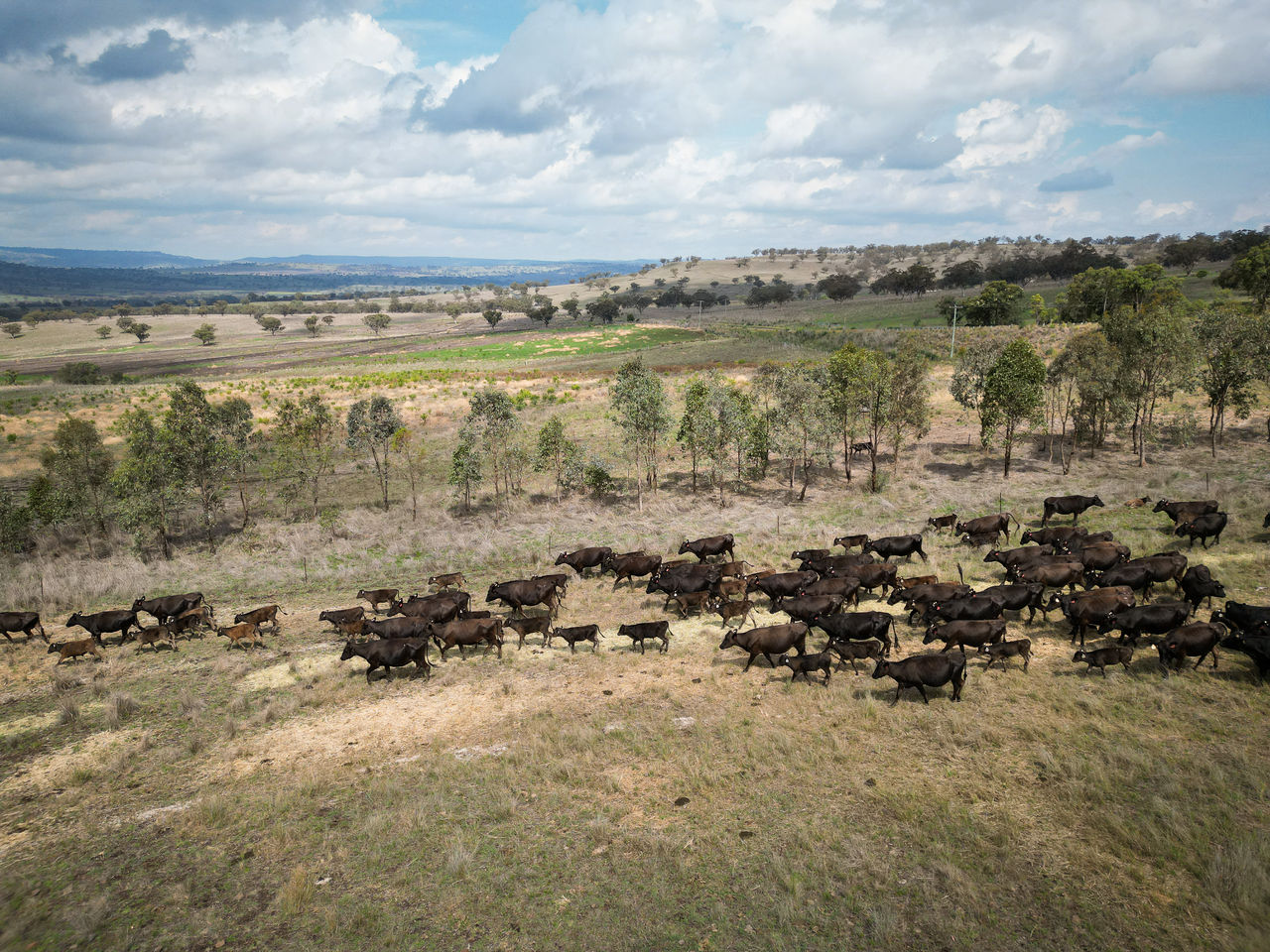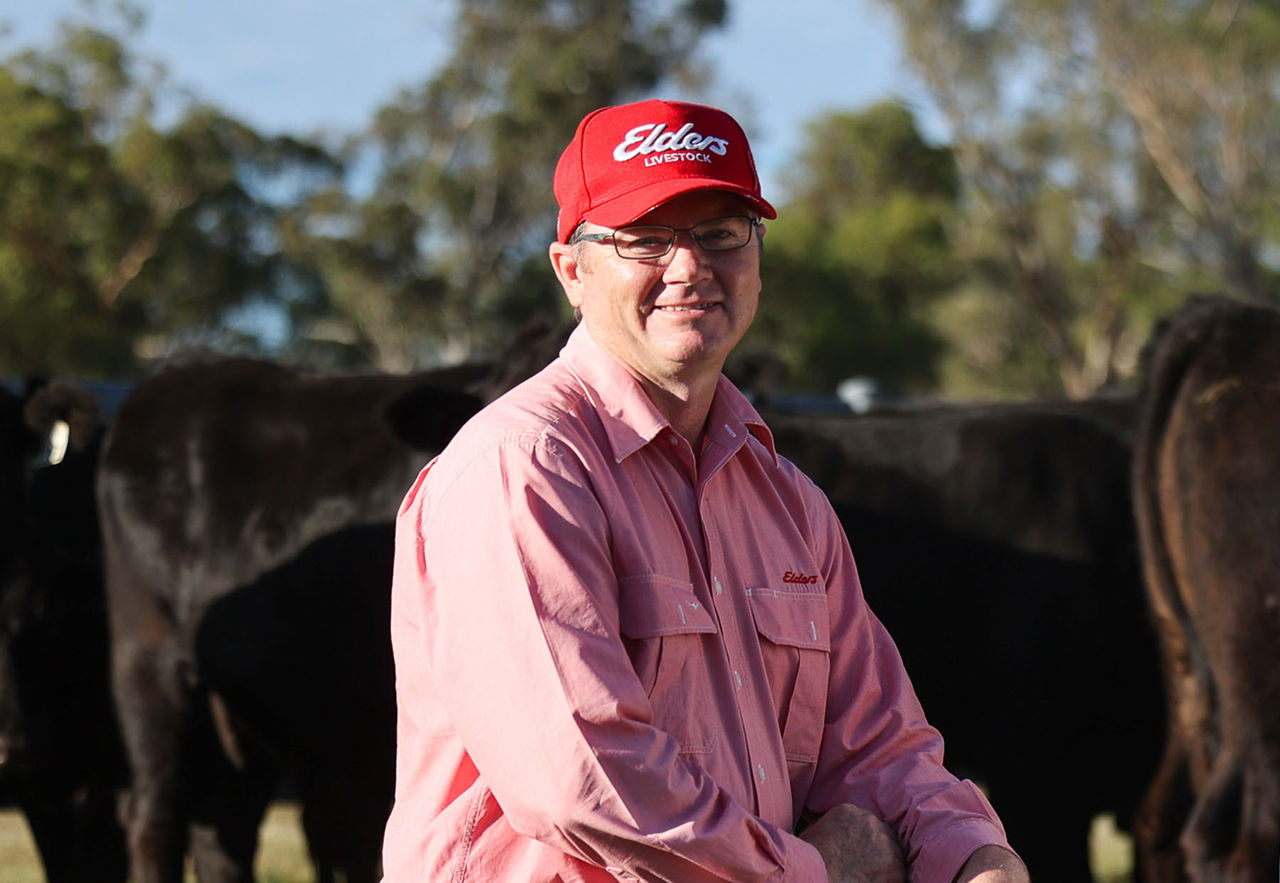Elders Senior Livestock Production Specialist Adam Turnbull provides advice on preventing travel tetany in livestock - by implementing preventive measures and ensuring proper nutrition during and after transport.

With the southern and western states experiencing dry times and the eastern states experiencing flooding, livestock are travelling extensive distances after agistment blocks, with losses a week or more post arrival being reported frequently.
The cause
The cause is likely Travel Tetany, due to improper or lack of prevention protocols implemented. When livestock travel long distances, often off feed and water, their stress levels may increase. This means they burn through their glycogen, magnesium and calcium levels. Add to this that they are often in light store condition and the issue is exacerbated.
When they arrive at their destination, they may be weak, and at times in the dark in unfamiliar surroundings. Then, the gate gets is opened to the paddock and they are left to fend for themselves.
Stress levels may be high, glycogen (energy) and immune levels are low, combined with a high metabolic, nutritional and physiological challenge.
That is why these animals can get sick, and producers will experience losses in the following weeks.
Prevention is the answer
By adopting a few simple yet important procedures prior to travel, and just as importantly, on arrival, it will have a huge effect on reducing such losses.
Adding a supplement such as generade liquid over hay, or greencap liquid in water pre and post travel maintains glycogen, magnesium and calcium levels. Appetite is also maintained and stress levels reduced, therefore minimising the effect on the immune system.
Good quality hay and water should also be available for livestock on arrival. Allow them to fill prior to moving to the desired paddock and then moved onto the local water source.
These few simple steps will go a long way to prevent the effects of travel tetany in such scenarios.
Disclaimer - important, please read:
The information contained in this article is given for general information purposes only, current at the time of first publication, and does not constitute professional advice. The article has been independently created by a human author using some degree of creativity through consultation with various third-party sources. Third party information has been sourced from means which Elders consider to be reliable. However, Elders has not independently verified the information and cannot guarantee its accuracy. Links or references to third party sources are provided for convenience only and do not constitute endorsement of material by third parties or any associated product or service offering. While Elders has exercised reasonable care, skill and diligence in preparation of this article, many factors including environmental/seasonal factors and market conditions can impact its accuracy and currency. The information should not be relied upon under any circumstances and, to the extent permitted by law, Elders disclaim liability for any loss or damage arising out of any reliance upon the information contained in this article. If you would like to speak to someone for tailored advice specific to your circumstances relating to any of the matters referred to in this article, please contact Elders.

